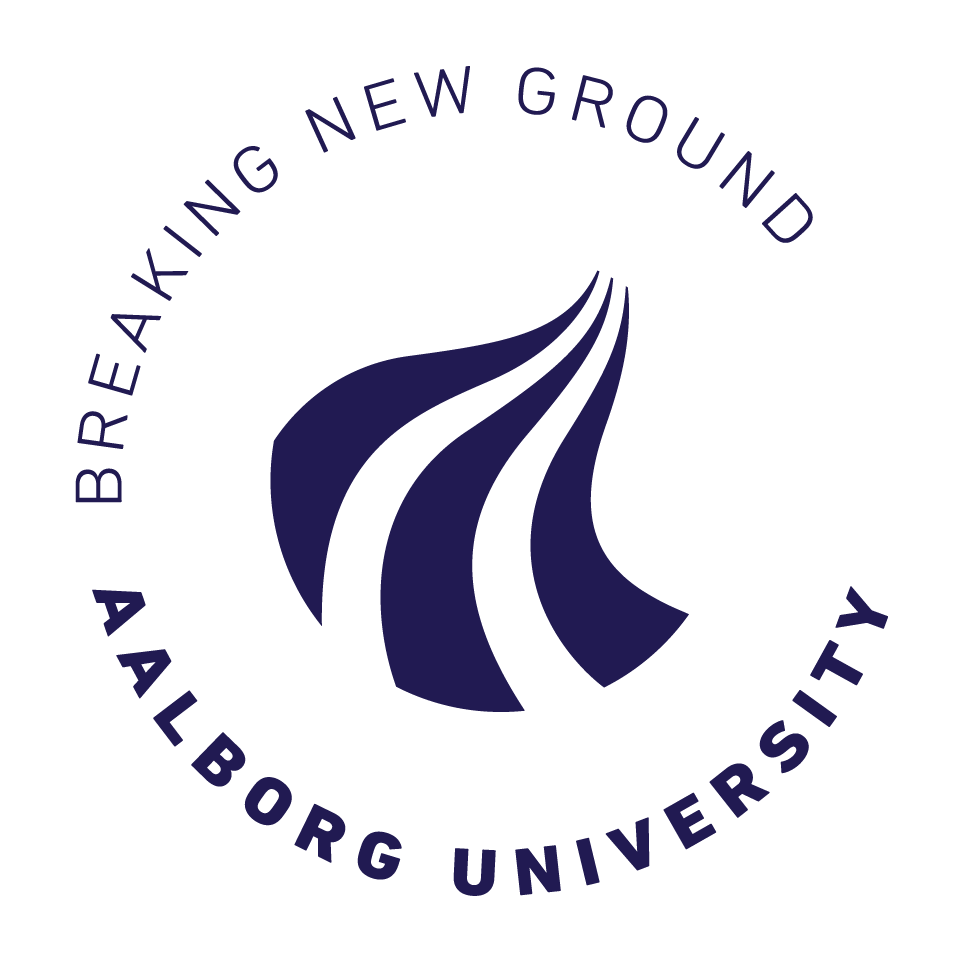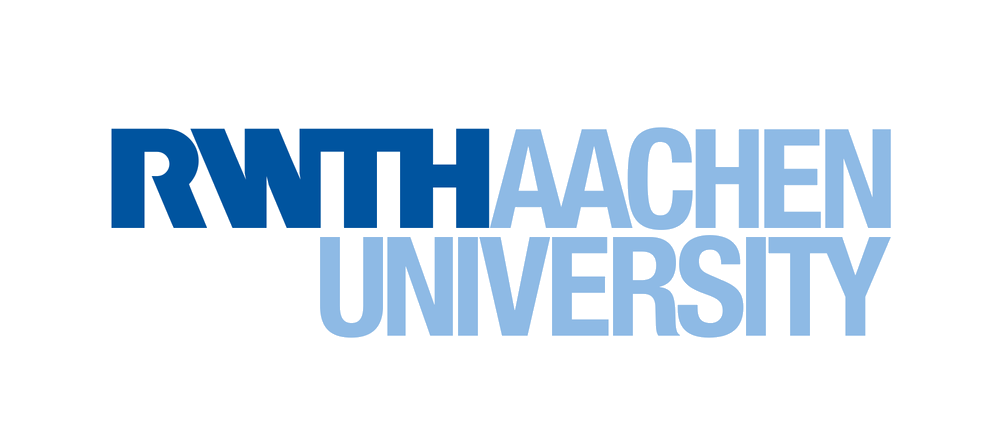Adaptation of Physics-informed (theory-guided) Machine Learning
Hybrid processing methods combine the two main features of the model and data-driven approach by selecting a physical model of the system and enhancing it with AI processing blocks.
Phenomena or variables whose evolution is poorly predicted by the models are then learned by AI algorithms trained on the most representative databases possible.
With the tailored optimization tools, the functional high-fidelity models will be integrated together efficiently with a DT framework for developing end-to-end health assessment pipeline.
OBJECTIVE
Use Physics Informed Machine Learning innovative methods to develop High Fidelity models of each key components of the powertrain.
This will be applied to ageing estimation, degradation prediction, and establishment of correlation between external operating conditions and inherent degradation/ageing mechanisms (aging-related stressor factors such as temperature, current profile, humidity,etc).
APPROACH
Several methods of coupling physical models and data mining algorithms will be employed:
- learning the estimation algorithm by Deep Learning (DL) on a database simulated by the physical model and then specialising on a restricted subset of the data (~transfer learning);
- learning the DL algorithm only on residuals for model error improvement;
- using model outputs as input features of the DL algorithm, or using DL for the identification and updating of physical model parameters.







